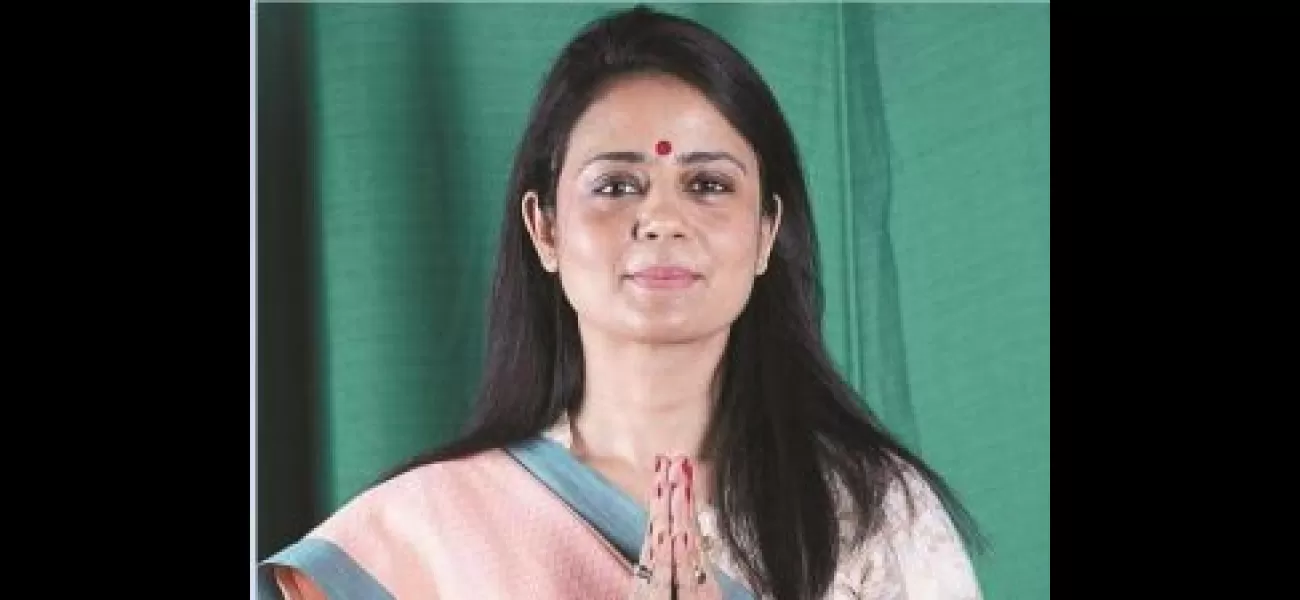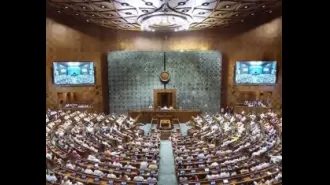73 women won seats in Lok Sabha, less than 2019 numbers.
73 women have been elected to the Lok Sabha, down from 78 in 2019. West Bengal has the most female MPs with 11. 797 women contested the elections.
June 5th 2024.

In the latest Lok Sabha elections, a total of 73 women emerged victorious, slightly lower than the 78 women elected in the previous elections in 2019. Among these women, West Bengal stands at the top with 11 female MPs representing the state. The total count of women candidates who contested in the elections was 797, with the BJP fielding the most at 69, followed by the Congress at 41.
This election was particularly significant as it was the first one after the women's reservation bill was passed in Parliament. The bill aims to reserve one-third of seats in the Lok Sabha and state assemblies for women, but it is yet to be implemented. According to the Election Commission data, out of the 73 women MPs, 30 belonged to the BJP, 14 to the Congress, 11 to TMC, four to Samajwadi Party, three to DMK, and two each to JDU and LJP.
The 18th Lok Sabha will have a commendable representation of women, with over 13.44 percent female MPs, the highest since 1952. The previous Lok Sabha had 78 women MPs, constituting over 14 percent of the total strength. In the 16th Lok Sabha, there were 64 women members, while the 15th Lok Sabha had 52 women elected.
Some notable women who emerged victorious in this election were BJP's Hema Malini, TMC's Mahua Moitra, NCP's Supriya Sule, and SP's Dimple Yadav who retained their seats. However, it was candidates like Kangna Ranaut and Misha Bharati who stole the show with their victories. The election also saw young women like Priya Saroj, a 25-year-old candidate from Samajwadi Party, and 29-year-old Iqra Choudhary from Kairana seat, securing a win.
It's worth mentioning that some parties like Naam Tamilar Katchi achieved a perfect gender balance with 50 percent women candidates. Other parties with substantial female representation were Lok Janshakti Party and Nationalist Congress Party, each with 40 percent women candidates. Jharkhand Mukti Morcha and Biju Janata Dal had 33 percent women representation, while Rashtriya Janata Dal had 29 percent. Samajwadi Party and Trinamool Congress had 20 percent and 25 percent female representation, respectively.
A total of 8,360 candidates contested in the parliamentary polls, out of which only three were transgender candidates who contested independently. Unfortunately, all of them lost in the elections. In the first and second Lok Sabha, there were 24 women MPs each, but with the current representation, it's clear that there has been a gradual increase in the number of women in Parliament.
This election was particularly significant as it was the first one after the women's reservation bill was passed in Parliament. The bill aims to reserve one-third of seats in the Lok Sabha and state assemblies for women, but it is yet to be implemented. According to the Election Commission data, out of the 73 women MPs, 30 belonged to the BJP, 14 to the Congress, 11 to TMC, four to Samajwadi Party, three to DMK, and two each to JDU and LJP.
The 18th Lok Sabha will have a commendable representation of women, with over 13.44 percent female MPs, the highest since 1952. The previous Lok Sabha had 78 women MPs, constituting over 14 percent of the total strength. In the 16th Lok Sabha, there were 64 women members, while the 15th Lok Sabha had 52 women elected.
Some notable women who emerged victorious in this election were BJP's Hema Malini, TMC's Mahua Moitra, NCP's Supriya Sule, and SP's Dimple Yadav who retained their seats. However, it was candidates like Kangna Ranaut and Misha Bharati who stole the show with their victories. The election also saw young women like Priya Saroj, a 25-year-old candidate from Samajwadi Party, and 29-year-old Iqra Choudhary from Kairana seat, securing a win.
It's worth mentioning that some parties like Naam Tamilar Katchi achieved a perfect gender balance with 50 percent women candidates. Other parties with substantial female representation were Lok Janshakti Party and Nationalist Congress Party, each with 40 percent women candidates. Jharkhand Mukti Morcha and Biju Janata Dal had 33 percent women representation, while Rashtriya Janata Dal had 29 percent. Samajwadi Party and Trinamool Congress had 20 percent and 25 percent female representation, respectively.
A total of 8,360 candidates contested in the parliamentary polls, out of which only three were transgender candidates who contested independently. Unfortunately, all of them lost in the elections. In the first and second Lok Sabha, there were 24 women MPs each, but with the current representation, it's clear that there has been a gradual increase in the number of women in Parliament.
[This article has been trending online recently and has been generated with AI. Your feed is customized.]
[Generative AI is experimental.]
0
0
Submit Comment





